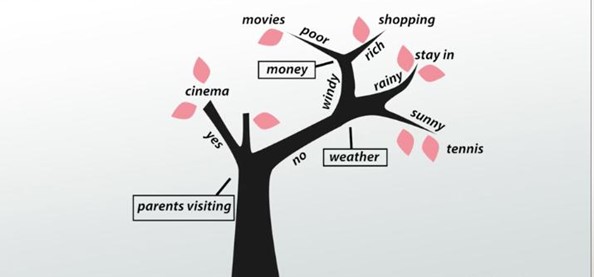
Introduction
Many businesses struggle to make the right decisions, even with having experts in different fields, despite business goals and objectives. With the massive database, it is often difficult to classify and make accurate decisions with predictive analytics. Therefore, decision trees are one of the most sought-after algorithms for effectively making critical decisions. It does not mean that the algorithms are complicated, but they are understandable to others.
What is a Decision Tree?
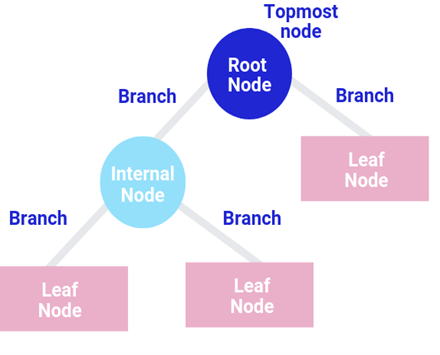
Decision Tree, in other words, classification and regression trees (CART), is a tree-like model of decisions and their possible consequences that include resources, utility, costs, and outcomes. To accommodate the complexity of making multiple decisions and their outcomes. The decision tree came into the picture. It uses supervised learning techniques, along with a predetermined target, to make simpler and nonlinear decisions. It can solve any regression and classification problem.
How Does a Decision Tree work?
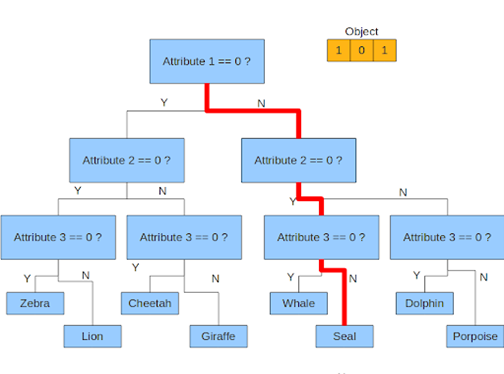
Out of the many supervised learning methods, one that stands out the best is tree-based algorithms that indue advanced machine learning techniques such as predictive modeling - for higher accuracy and better stability. Some advanced techniques from machine learning, such as decision trees, random forests, and gradient boosting have the best applications in solving data science problems. Another advantage of the decision tree is that it can map nonlinear relations in a better way.
Where Can We Use Them?
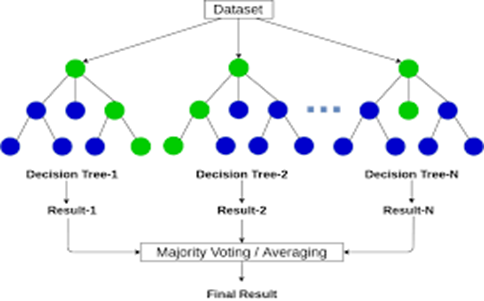
As a tool to analyze data (and other machine learning techniques) for better decision making, decision trees play a crucial role in reducing complex data into manageable chunks. Today decision trees get used in many situations for better decision making, including precision analysis of data, classification into groups, and regression analysis.
Benefits of Using a Decision Tree?

The decision tree has numerous applications and advantages to its name. With broad practical applications and live implementations. Here are some of the core benefits:
- For data preparation and pre-processing, decision trees require lesser effort compared to other decision-making algorithms.
- Decision trees don’t require data normalization and scaling.
- The whole process of constructing the decision tree remains unaffected by any missing values present in the database.
- Even the decision tree model is an easy-to-learn and easy-to-explain model to technical teams and stakeholders too. It will give them the overall idea and processes involved in decision making.
3 Practical Ways to Use Decision Tree to Your Advantages
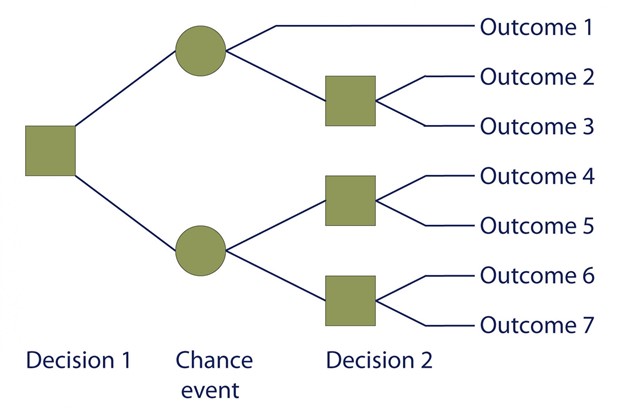
Using Demographics to Find Potential Customers
Customers are everywhere over the internet, roaming from one website to another. Recognizing them is another way of doing business with them and turning them into customers. It will help you make smart decisions for your marketing budget in conjunction with business goals and objectives.
By using decision trees, it is easy to predict and classify potential customers into different groups. Therefore, it is crucial to understand the different types of customers and methods to target them and turn them into clients.
Serving as a Support Tools in Various Fields
From planning to strategic management, right through to the delivery of goods to customers’ front doors, E-commerce is the best application of decision trees. It provides you with probable delivery dates (tentative dates) along with the goals the company wants to achieve.
Banks and those companies who provide loans to the people; use decision trees as predictive models to find the probability of customers in the default lists. It uses past data to decide whether to grant loans or not to prevent companies from losing money.
Other sectors where decision trees are widely used include engineering, education, finance, healthcare, businesses, and others as well.
Spotting the Growing Opportunities for Better Business & More Reach
Every business owner wants to take their company to the next level. And every data scientist and machine learning engineer wants to give their boss an edge using advanced research techniques so that they can reach out to their customers effectively.
Decision trees are one such method to spot and evaluate growth opportunities for any business based on historical data. And this helps with radical changes in a firm's strategy, as it allows for growth and expansion in multiple directions.
Final Words
Decision Trees are advanced machine learning algorithms that simplify the complex decision-making process and give us the most accurate results. It primarily focuses on classification and regression techniques. In this post, we learned about what decision trees are, the benefits of using them, and when it's appropriate to use them. And how industry experts use decision trees in their advantages and how can you use them as a data scientist or a machine learning engineer.
Related Topic- KNN Algorithm using R
Author’s Name- Palak Airon
Authors Bio- Competent in Data Science and Digital Marketing. Expertise in professionally researched technical Content Writing.

